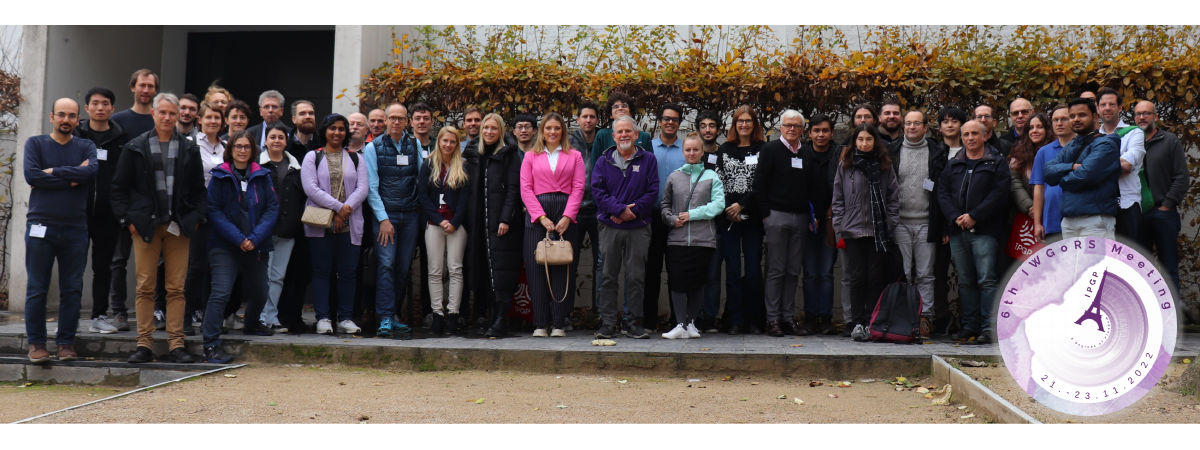Fiber Optic Gyroscope as a tool for detection of seismic rotations
A. Velikoseltsev, K. U. Schreiber, A. Yankovsky, A. Boronachin, A. Tkachenko
In the recent years the measurement of rotational components of earthquake induced ground motion became a reality thanks to the extremely high resolution instrumentation, namely the arge ring laser gyroscopes. Based on Sagnac effect, these devices are fully insensitive to translational motion and are able to measure the rotation rate with high linearity and accuracy in the wide frequency band. During the last decade substantial number of earthquakes was recorded by the large ring lasers located in Germany, New Zealand and USA, and the subsequent data analysis demonstrated reliability and consistency of the results with theoretical models. However most of the observations are done for teleseismic events and the substantial mass-dimensional characteristics of these devices make their near-field application difficult. Therefore another type of optical rotation sensors, which utilizes the same Sagnac effect as a principle of operation, may be used for seismic applications where mobility factor is more important than extreme precision. These sensors called fiber optic gyroscopes and their reasonable accuracy combined with small size make them perfect candidates for such missions. In this paper we analyze a typical commercially available fiber optic gyroscope with respect to the seismic rotation measurement requirements and present its initial test results.
.png)